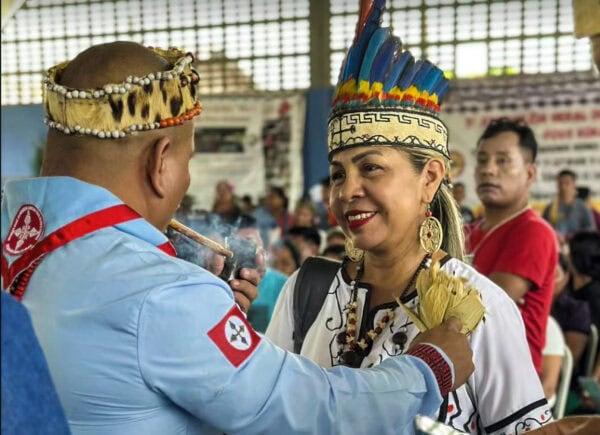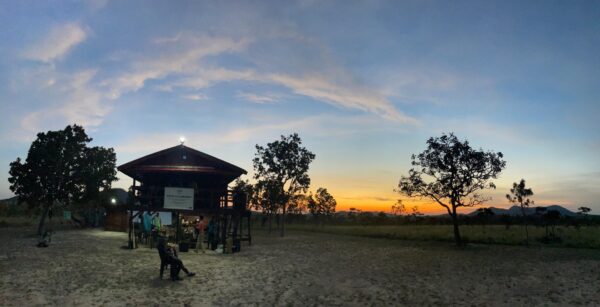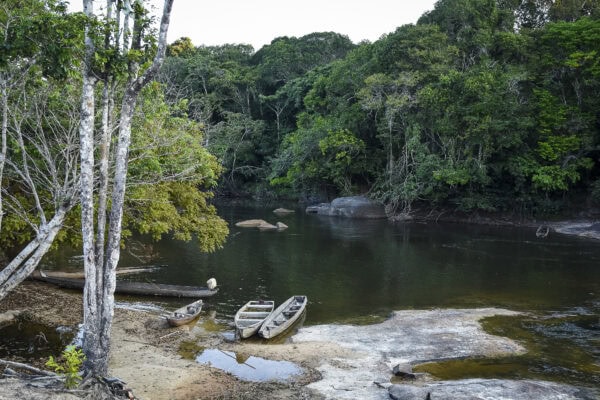Original article in Spanish by Radio Nacional de Colombia
September 26, 2021 / By Katerine Vargas
The Tierra Viva Foundation of Belén de los Andaquíes, with the support of the Amazon Conservation Team, formed a group of children and youth biodiversity monitors six years ago.
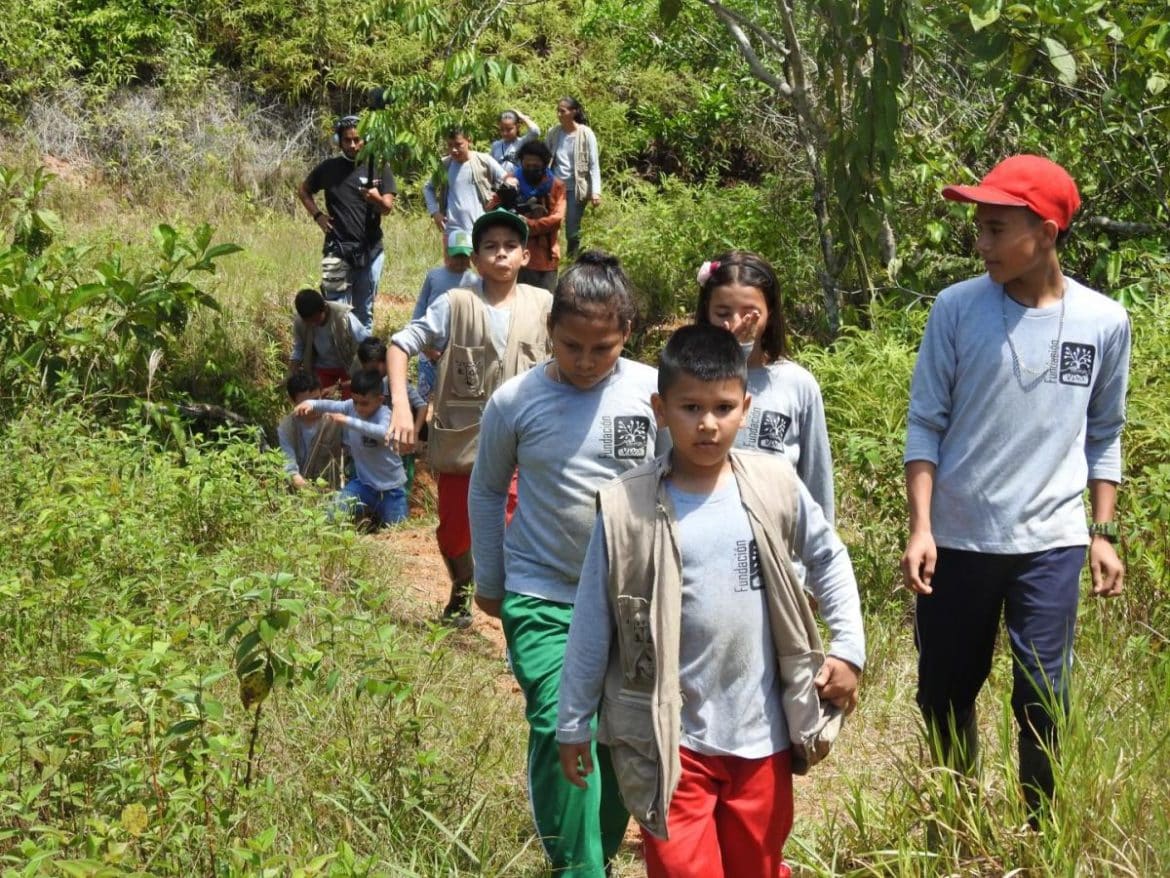
Audry Alejandra Ríos Alvarado is 18 years old. Currently, she is making progress in her high school studies and is a great scholar of the fauna of her municipality of Belén de los Andaquíes in Caquetá, Colombia.
Over the past six years, she has participated in the monitoring group “Biodiversity Seed Protectors”. The group is a community undertaking that connects young researchers to the natural wealth of the territory.
Although she initially attended the group meetings involuntarily, she now considers this to have been one of the most meaningful experiences of her life. The first times she participated, she did so to fulfill the wishes of her grandmother, Luz Alvarado, a woman with years of experience in environmental issues.
“At first, you join as a girl, or ‘güipa’ as they say around here. I would arrive with a mean face, or I would spend the time playing and not paying attention. However, over the years I began to take advantage of the opportunity to meet people, learn and have new experiences,” says Audry.
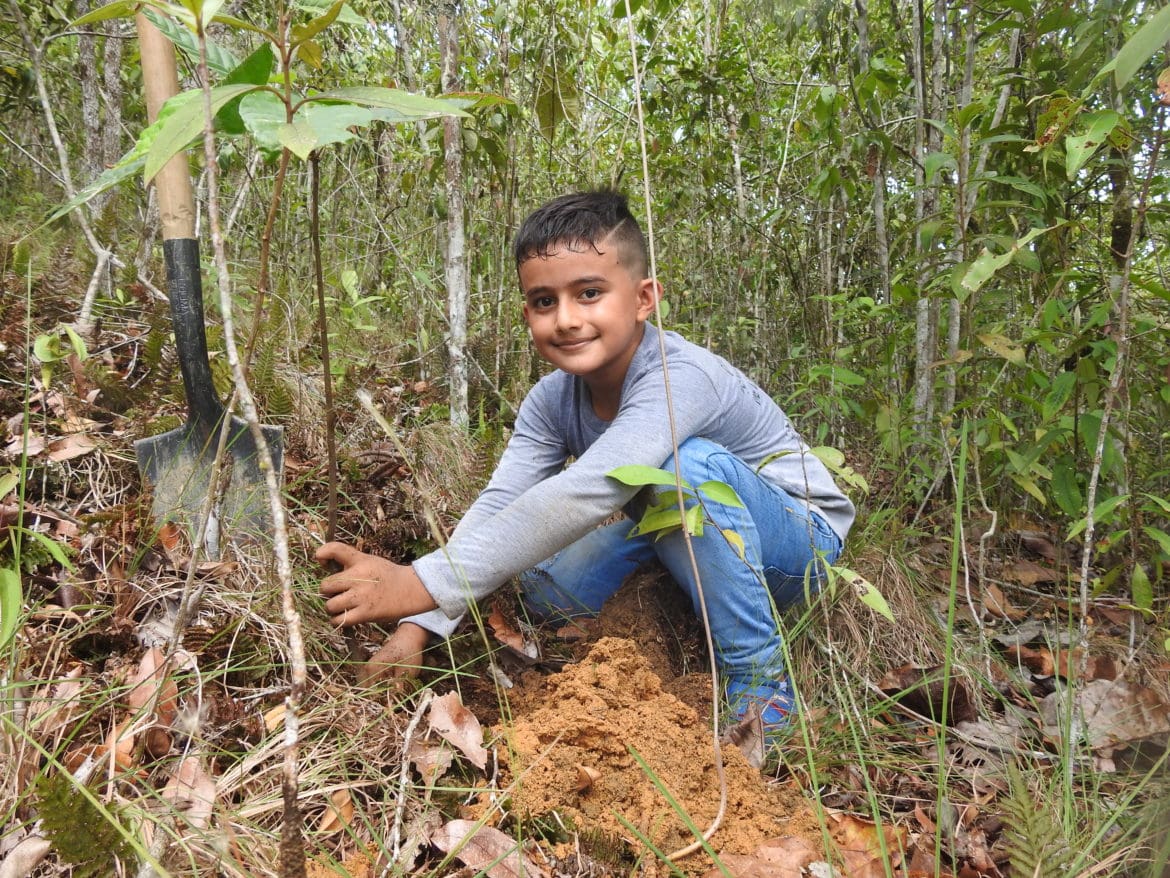
Audry says that since she joined she has not stopped learning; on the contrary, she acquires new knowledge each time. She recognizes that being a researcher in this group not only awakened her love for nature and the territory, but also helped her to be more confident and proud of herself.
The Biodiversity Seed Protectors Monitoring Group was created in 2015 as an initiative of the Tierra Viva Foundation. According to Silvia Ríos, a member of the organization’s board of directors, the idea of forming the group was born from the need to keep children and youth away from the drug problem.
“This project achieves two purposes. One is scientific, and the other seeks to remove the children from vices. At that time, the municipality saw an increase in young people who were falling into this situation, and through the monitoring, we invite them to take ownership of what we all possess,” Silvia explains.
The community undertaking is supported by the NGO the Amazon Conservation Team Colombia, and began with a group of 12 children. Today there are 22 participants between 6 and 17 years old, who, accompanied by five adults (three supervisors, a person in charge of photography, and an expert in biology), go out every 15 days to explore the natural reserves of Belén de los Andaquíes.
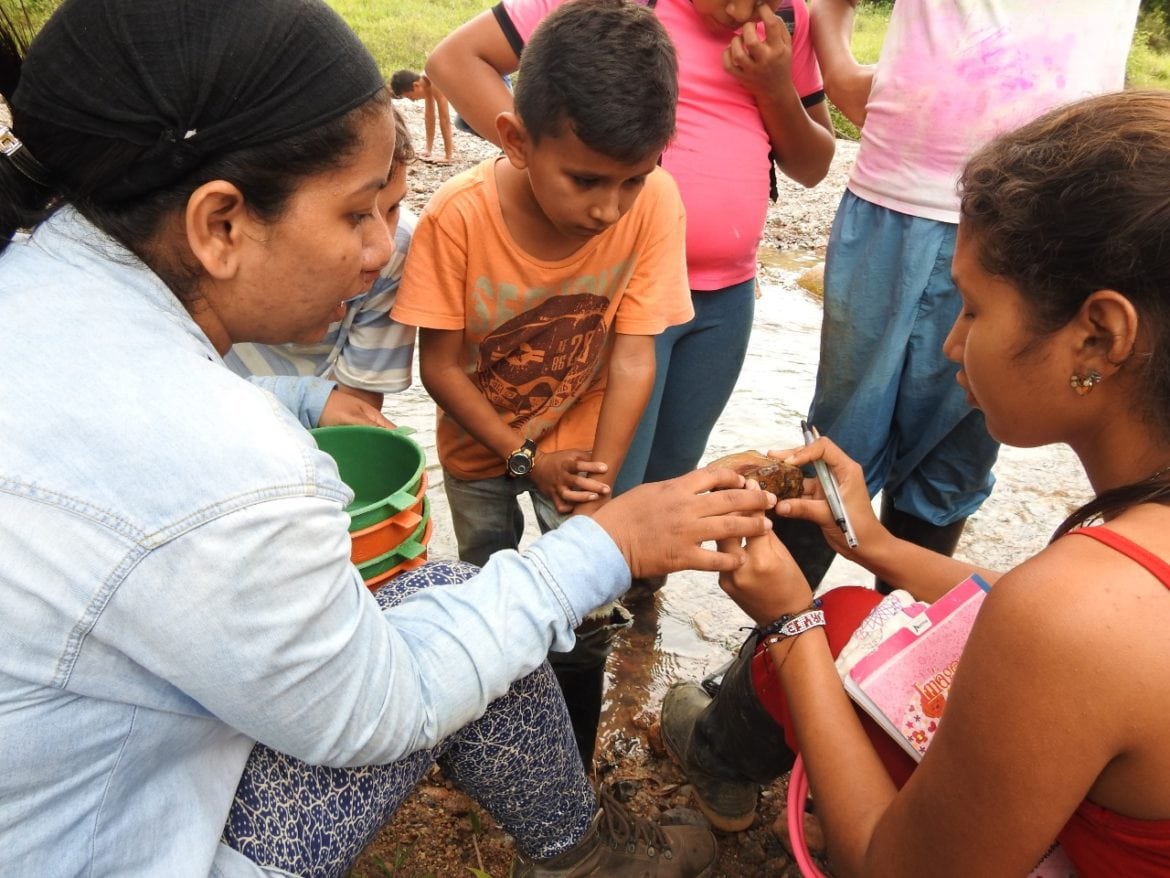
Thanks to the organized work of civil society, this municipality has a protected areas system, made up of 11 zones with legal conservation status, which is why in 2013, it was declared the first official green and water-protecting municipality in Caquetá.
In the expeditions through the hills of Belén, the young researchers monitor three types of fauna: birds, macroinvertebrates and amphibians. Audrey says that she has gained experience in all of them, and has been able to get close to animals in ways that she did not imagine possible.
“Once, we caught a small caiman. I was very nervous. With frogs, for example, I used to run away from them, and now when they enter the house, I am in charge of removing them,” she says.
Adriana Lucía Suárez Ríos, 9, underscores that, although she has participated in all the types of monitoring, her favorite is monitoring of macroinvertebrates. Not only for the fun of walking together and going to the creek, but because understanding the macroinvertebrates enables them to determine water quality.
“Depending on the type of macroinvertebrates in the stream, we also know whether that water can be consumed or not,” she explains.
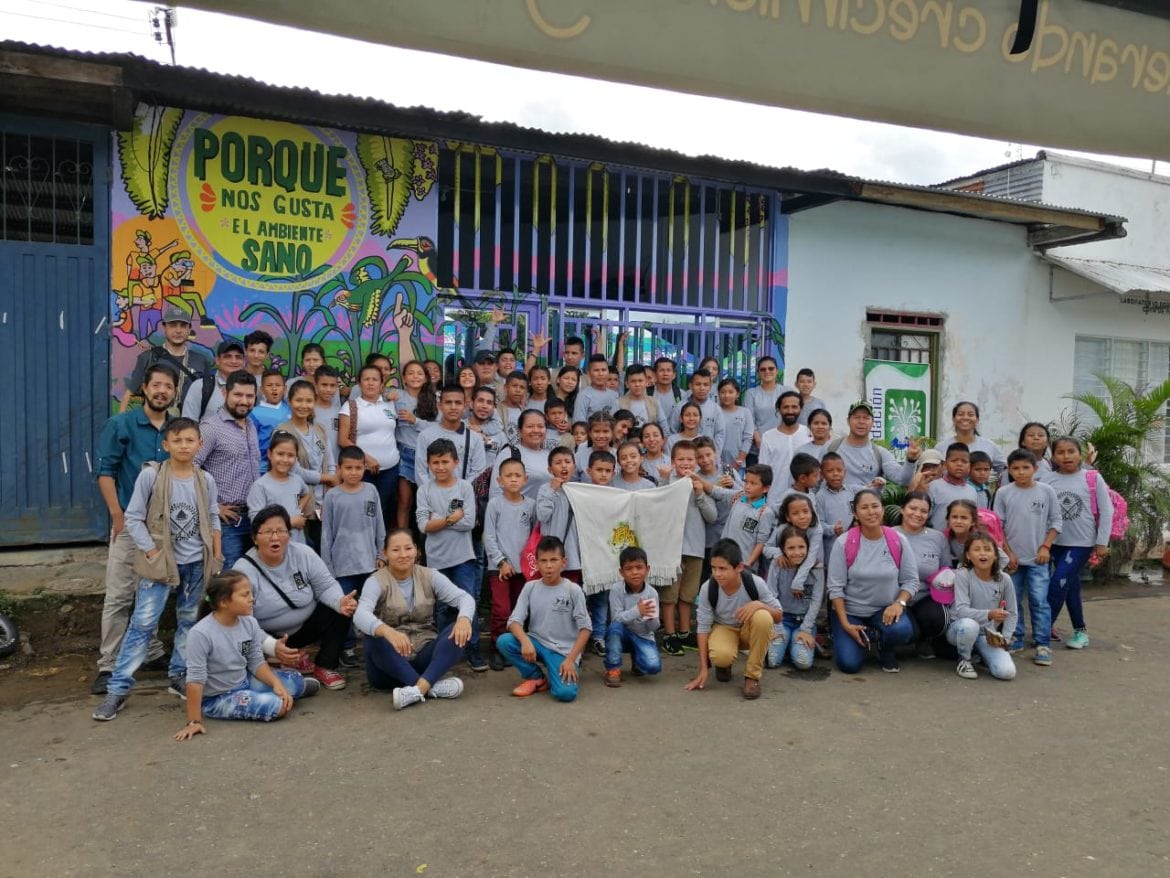
Audry’s favorite is also the macroinvertebrates. Per her understanding, where insects known as “skating bugs” are present, the water quality is good, but if there are mosquito larvae, it is an indicator that it is a highly contaminated liquid.
Matías Carabalí, 8 years old, says that the monitoring days are fun. They get ready at home and arrive at Tierra Viva Foundation to receive the materials and instructions for their departure. Before they embark on the adventure, several recommendations must be taken into account.
“Try not to make noise, because it scares the animals. Likewise, it is better to wear green or black, because yellow or red colors frighten them,” says Adriana.
With respect to safety, it is prudent for the children to bear in mind that the flashlight should not emit intermittent or infrared light, because in one of the natural parks where they do research, there is a military base, and that could put them at risk.
According to Silvia, one of the achievements of this process has been to cultivate love for the territory, for its protection and conservation. Indeed, children and youth like Adriana Lucía, Matías and Audry express their admiration and commitment to caring for the natural wealth around them.
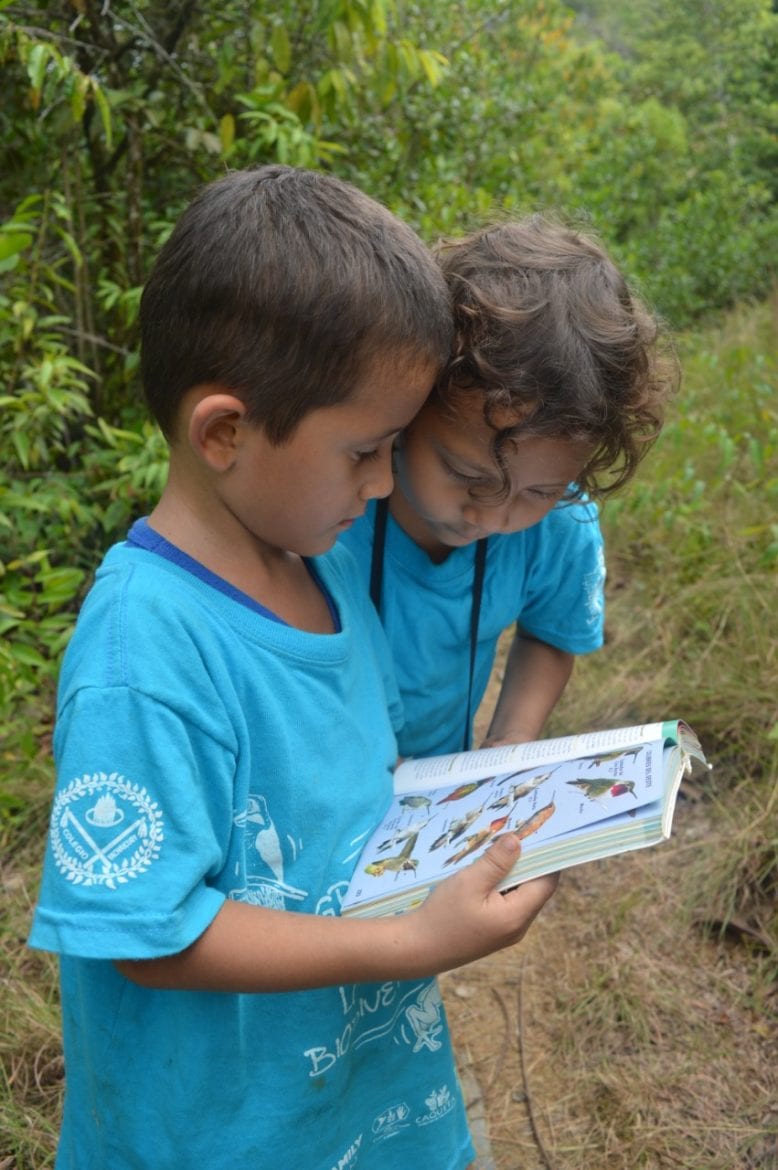
Audry dreams of studying medicine or biology, and believes that her interest in these two professions has grown due to her participation in the seed protector group.
For her part, Silvia hopes that more and more children will come to know the fauna, flora and all the Amazonian diversity from real-world experiences and not only on television—to become children and youth who understand the natural world’s value and the need to protect it.
After a long cessation of activities due to the consequences of the pandemic and a national strike, the young community monitors will begin field trips in October.
For now, with great excitement, they prepare all their clothing and equipment—boots, vests, hats, guides, binoculars, cameras—as well as the explorer spirit to embark on their routes in the coming days.
Media Relations
For press release inquiries, please contact us at info@amazonteam.org.
Related Articles
Share this post
Bring awareness to our projects and mission by sharing this post with your friends.


